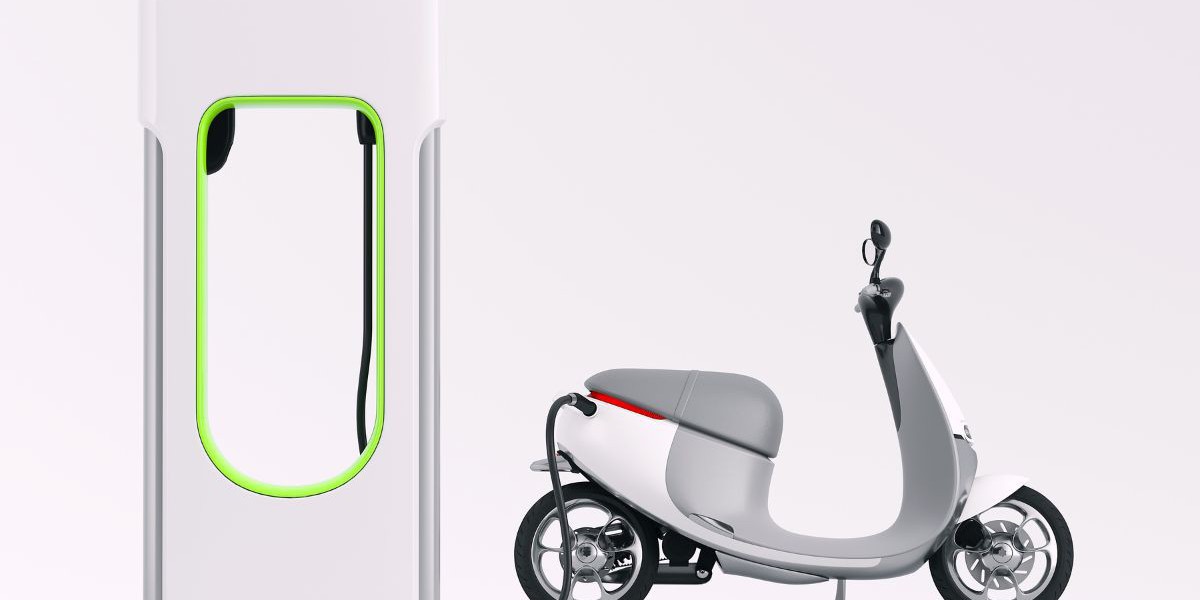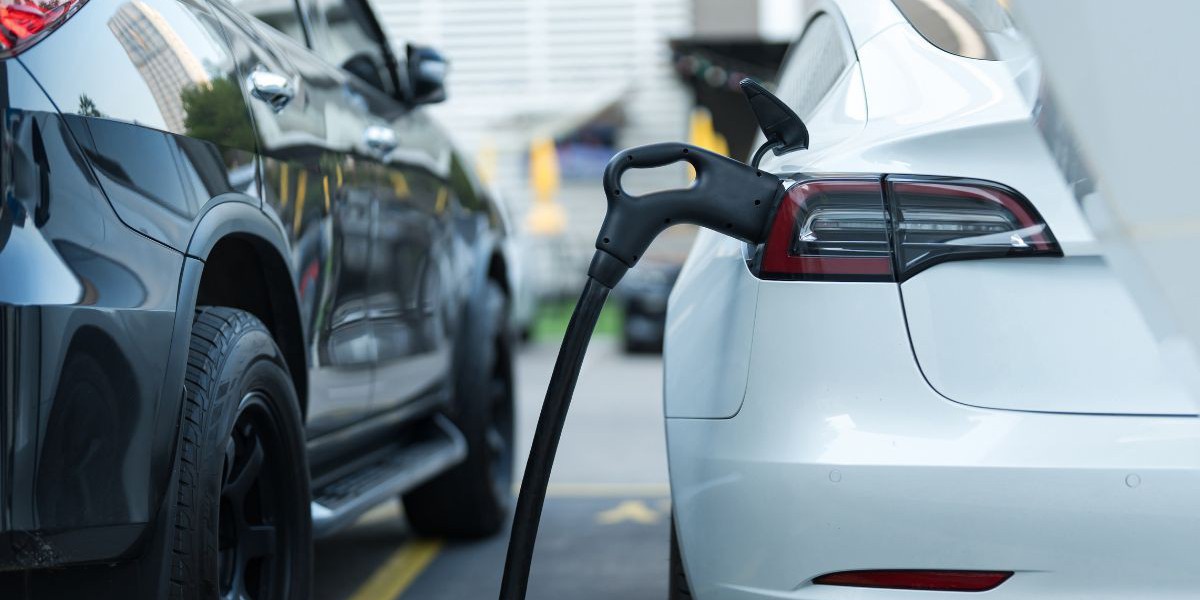The Australia electric scooter and motorcycle market, valued at AUD 49.57 million in 2024, has experienced significant growth, driven by providing a cost-effective alternative to conventional vehicles, reducing fuel and maintenance expenses. The market is anticipated to expand at a compound annual growth rate (CAGR) of 12.40% from 2025 to 2034, potentially reaching AUD 159.54 million by 2034, as these electric vehicles are more energy-efficient compared to petrol-powered vehicles, using less energy for longer journeys. This shift in transportation preferences is spurred by growing environmental awareness, government incentives, and the increasing demand for affordable and sustainable mobility solutions.
The Rise of Electric Scooters and Motorcycles in Australia
Electric scooters and motorcycles offer an eco-friendly and affordable mode of transport, particularly in urban areas where congestion and air pollution are major concerns. As cities across Australia grapple with increasing traffic, electric scooters and motorcycles provide a solution for short-distance commuting, offering an efficient alternative to traditional vehicles.
Electric scooters have become increasingly popular due to their ease of use, compact design, and lower operational costs. With the rising cost of petrol, high maintenance costs associated with conventional motorcycles, and the growing trend toward clean energy, electric scooters are seen as an attractive option for commuters looking for a cost-effective and environmentally friendly mode of transport.
Electric motorcycles, on the other hand, provide higher speeds and longer distances, making them suitable for a wider range of riders, including those who need to travel longer distances or seek more powerful alternatives to traditional motorcycles.
Key Drivers of Market Growth
Government Support and Incentives: The Australian government has been actively promoting the adoption of electric vehicles (EVs) as part of its commitment to reducing carbon emissions and transitioning to a greener future. Incentives such as rebates, tax breaks, and subsidies for electric vehicles, including electric scooters and motorcycles, are encouraging consumers to make the switch. Additionally, several state governments are also investing in infrastructure development, including charging stations, to support the growing demand for electric two-wheelers.
Cost-Effectiveness: One of the major attractions of electric scooters and motorcycles is their lower operating costs. Compared to petrol-powered alternatives, electric two-wheelers are significantly cheaper to maintain. With fewer moving parts and the absence of a combustion engine, electric scooters and motorcycles require less frequent servicing and incur lower maintenance costs. The cost of charging an electric vehicle is also considerably lower than the cost of refueling a petrol-powered vehicle, making them a highly economical option for daily commuting.
Energy Efficiency: Electric scooters and motorcycles are known for their energy efficiency. Electric motors convert a higher percentage of energy into usable power than internal combustion engines, which means they use less energy to travel longer distances. As energy efficiency becomes a more significant factor in transportation choices, electric two-wheelers are increasingly being seen as a practical and environmentally friendly alternative to petrol-powered vehicles.
Environmental Concerns: With growing awareness of environmental issues, Australians are becoming more conscious of their carbon footprint. The transportation sector is one of the largest contributors to greenhouse gas emissions, and electric scooters and motorcycles provide a cleaner, greener option for short-distance commuting. With zero tailpipe emissions, these vehicles help to reduce urban air pollution and contribute to cleaner, healthier cities.
Convenience and Urban Mobility: In densely populated cities, traffic congestion is a daily challenge for commuters. Electric scooters and motorcycles offer a practical solution, enabling users to navigate traffic more efficiently and quickly. Their compact design allows them to be easily parked, reducing the hassle of finding parking spaces, a major pain point for traditional car owners in busy urban areas. The convenience, flexibility, and time-saving potential of electric scooters and motorcycles are key factors driving their popularity among city dwellers.
Market Segmentation
Electric Scooters: The electric scooter segment has witnessed the most rapid growth in recent years, primarily due to their affordability, ease of use, and compact size. Scooters are ideal for short commutes and last-mile transportation, making them highly popular among younger consumers, students, and urban professionals. The introduction of shared electric scooter programs in major cities, like those found in Melbourne and Sydney, has also contributed to the increased exposure and acceptance of electric scooters as a viable transportation option.
Electric Motorcycles: While electric motorcycles are not yet as widely adopted as electric scooters, they are growing in popularity due to their increased range, higher top speeds, and the ability to handle longer journeys. Electric motorcycles appeal to a wider range of consumers, from motorcycle enthusiasts to those looking for a greener alternative to traditional motorcycles. With improved battery technology and faster charging capabilities, electric motorcycles are expected to gain a larger share of the market in the coming years.
Challenges to Market Growth
Charging Infrastructure: Although the availability of charging stations is improving, it remains a key challenge for the widespread adoption of electric scooters and motorcycles. For commuters to embrace these vehicles fully, a reliable, extensive network of public and private charging stations is needed. Without convenient access to charging points, potential buyers may hesitate to make the switch to electric mobility.
Limited Range: While electric scooters and motorcycles offer significant energy efficiency, their range is still limited compared to petrol-powered vehicles. Consumers may be hesitant to rely on electric two-wheelers for longer trips due to concerns about battery life. However, advances in battery technology are expected to alleviate these concerns, and future models are likely to offer longer ranges, further driving market adoption.
Upfront Costs: Although the operating and maintenance costs of electric scooters and motorcycles are lower, the upfront cost of these vehicles is still higher than their petrol-powered counterparts. While government incentives are helping to reduce this cost gap, price remains a barrier for many potential buyers. As technology continues to improve and production scales up, the cost of electric two-wheelers is expected to come down, making them more accessible to a broader audience.
Consumer Education: There is still a need for greater consumer education regarding the benefits of electric scooters and motorcycles. Many potential buyers are unaware of the advantages these vehicles offer, including lower operating costs, reduced environmental impact, and energy efficiency. Effective marketing campaigns and awareness programs will be key to driving further adoption.
Future Trends
Integration with Shared Mobility Platforms: The growth of shared mobility services in urban areas is expected to increase the adoption of electric scooters. Companies like Lime, Neuron, and Beam are already offering electric scooter-sharing programs in major Australian cities. The success of these platforms could lead to the expansion of electric scooter fleets and the greater acceptance of electric two-wheelers as a primary mode of urban transport.
Battery Innovations: Technological advancements in battery technology are expected to play a crucial role in the growth of the electric scooter and motorcycle market. Batteries with higher energy densities and faster charging capabilities will help improve the range and convenience of electric two-wheelers. Additionally, the development of swappable batteries, which allow riders to exchange a depleted battery for a fully charged one, could further enhance the practicality of electric scooters and motorcycles.







